20+ Most Common WordPress Errors and How to Fix Them
WordPress, being one of the most popular content management systems (CMS) globally, powers millions of websites on the internet. WordPress, while user-friendly, can encounter various errors that can disrupt your website’s functionality. Just like any complex system, WordPress is prone to errors that can disrupt website functionality and user experience. These errors can be frustrating, but don’t worry, most of them have solutions!
Here are 20 common WordPress errors and we provide practical solutions to tackle them:
Getting Started with General Troubleshooting Tips:
Before diving into specific fixes, try these general troubleshooting steps:
- Clear your cache: Outdated data can cause issues. Clear your browser cache and any caching plugins you might be using.
- Update WordPress, themes, and plugins: Keep everything up-to-date to benefit from bug fixes and security patches.
- Deactivate plugins: If the error starts after installing a new plugin, deactivate all plugins and reactivate them one by one to identify the culprit.
- Switch to a default theme: If the issue persists, switch to a default WordPress theme like Twenty Twenty-Three to rule out theme-related problems.
Common WordPress Errors and Their Solutions:
Here are our useful techniques to solve WordPress errors effectively without harming site content.
1. White Screen of Death (WSOD)
The White Screen of Death is a common WordPress error where a blank white screen appears instead of the website. This error is often caused by PHP errors, plugin conflicts, or memory limit exhaustion. Occasionally, the error may occur like this.

Solution: Disable plugins one by one to check which two plugins conflict with each other. Switch to a default theme to check if the theme creates a problem, increase the PHP memory limit, and enable debugging to identify the root cause.
2. Internal Server Error
The Internal Server Error, also known as Error 500, is a generic server-side error that can occur due to various reasons, such as a corrupt .htaccess file, PHP memory limit, or plugin conflicts.

Solution: An internal server error normally requires a little bit of WordPress troubleshooting. Rename or delete the .htaccess file, increase the PHP memory limit, deactivate plugins, and check server logs for more details.
3. Error Establishing a Database Connection
This error occurs when WordPress is unable to connect to the database and con not access the dashboard. It occurs usually due to incorrect database credentials or database server issues.

Solution: Check wp-config.php for correct database credentials, verify database server availability, and repair corrupted database tables using phpMyAdmin.
4. 404 Error-Page Not Found
The 404 Page Not Found error occurs when a requested webpage cannot be found on the server. This can happen due to incorrect permalink settings or missing content.
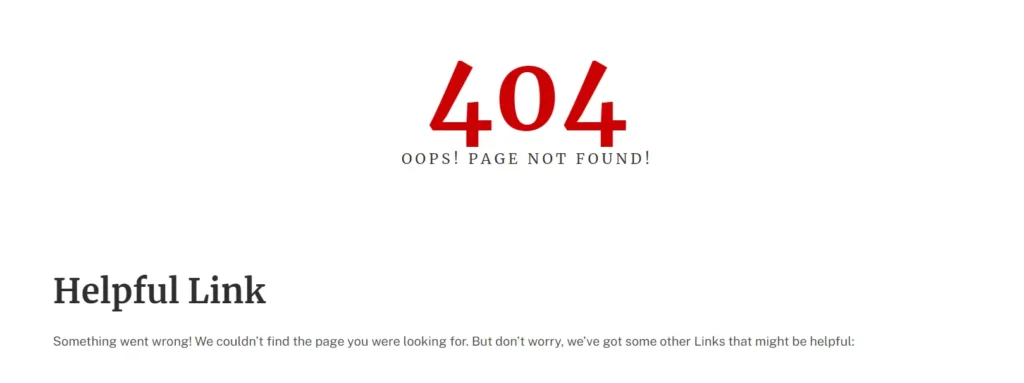
Solution: Reset the permalink structure, create a custom 404 error page, and check for broken links using a plugin like Broken Link Checker.
5. Syntax Error in WordPress
Syntax errors occur when there is a mistake in the code structure, such as missing semicolons or incorrect function declarations. This error will likely happen in one of two situations.

Solution: Review recent code changes, use a code editor with syntax highlighting, and enable debugging to pinpoint the exact location of the error.
6. Connection Timed Out Error
Connection timed-out errors occur when the server takes too long to respond to a request, often due to server overload or network issues.
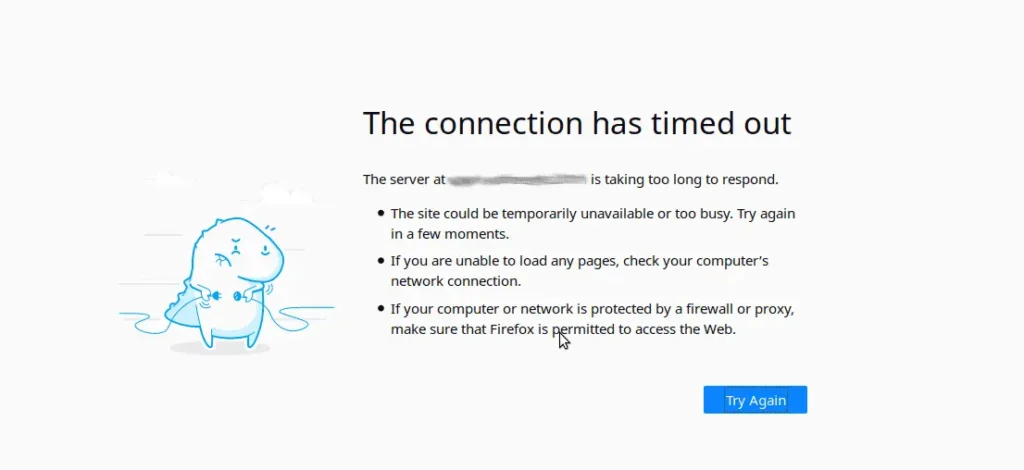
Solution: Increase PHP execution time limit, optimize website performance, and contact the hosting provider to address server issues.
7. WordPress Keeps Logging Out
WordPress users may experience frequent logouts, usually caused by expired authentication cookies, plugin conflicts, or session management issues.
Solution: Clear browser cookies and cache, deactivate plugins one by one to identify the culprit and check session handling settings in wp-config.php.
8. Memory Exhausted Error
Memory exhausted errors occur when WordPress reaches its PHP memory limit, causing scripts to terminate prematurely.

Solution: Increase PHP memory limit in wp-config.php or php.ini file, deactivate memory-intensive plugins, and optimize website performance.
9. Error Establishing Secure Connection (ERR_SSL_PROTOCOL_ERROR)
This error occurs when there is an issue with SSL/TLS certificate configuration, causing browsers to fail to establish a secure connection.

Solution: Renew SSL/TLS certificate, check certificate chain validity, and ensure correct SSL/TLS settings in web server configuration.
10. 502 Bad Gateway Error
The 502 Bad Gateway error occurs when the server acting as a gateway or proxy receives an invalid response from an upstream server.
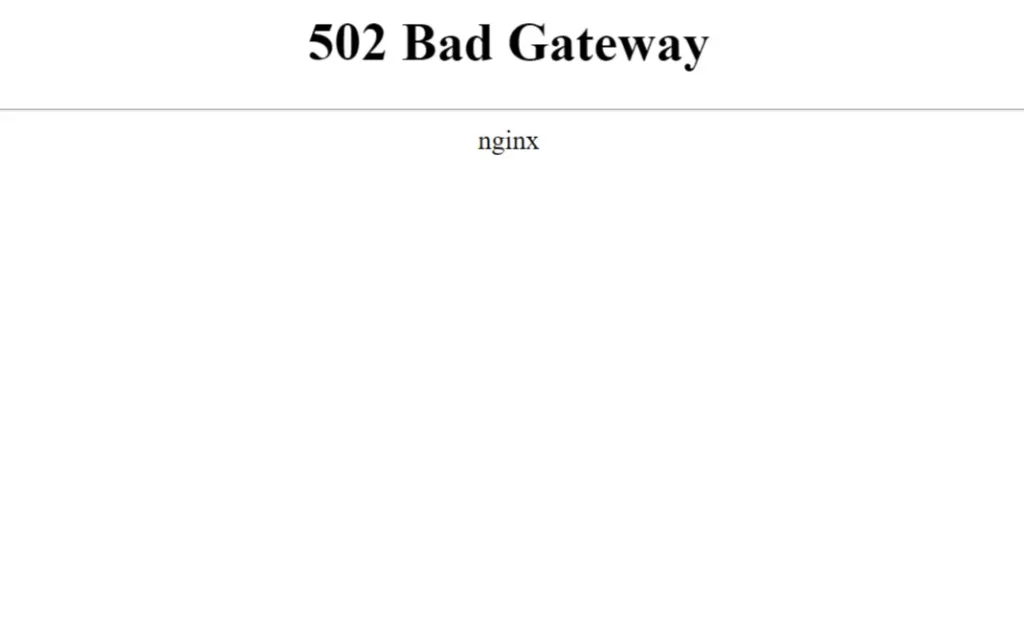
Solution: Contact the hosting provider to resolve server issues, check server logs for error details, and optimize server configuration for better performance.
11. Database Connection Errors
WordPress database connection errors can occur due to incorrect database credentials, server issues, or corrupted database tables.
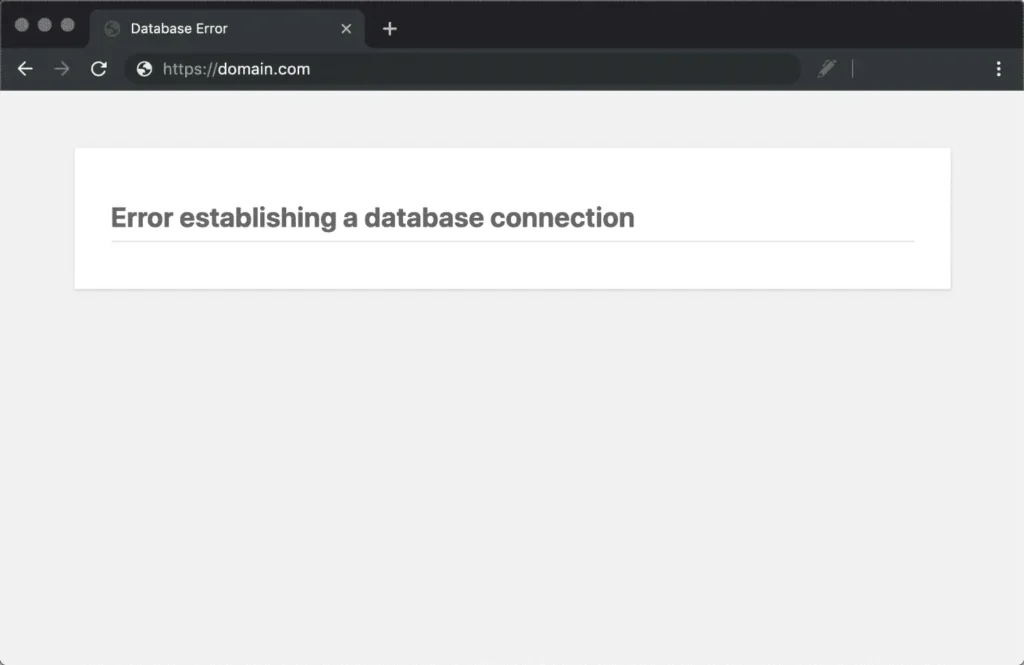
Solution: Check wp-config.php for correct database credentials, repair corrupted database tables using phpMyAdmin, and contact the hosting provider for assistance.
12. WordPress White Screen with Error Message
The WordPress white screen with the error message usually indicates a fatal PHP error, such as syntax errors or memory exhaustion errors.
Solution: Enable debugging in wp-config.php to display error messages, review error logs for details, and troubleshoot code or plugin issues accordingly.
13. WordPress Updating Failed
WordPress update failures can occur due to various reasons, such as file permission issues, insufficient disk space, or interrupted connections.
Solution: Check file permissions and disk space availability, ensure stable internet connection during updates, and manually update WordPress if necessary.
14. File Type or Page Access Not Permitted Error
File type or page access not permitted errors occur when attempting to access or upload files that are restricted by server configurations or permissions settings.
Solution:
- Check file permissions on the server to ensure appropriate access rights for the file or directory.
- Verify server configurations, such as .htaccess rules or server-side security settings, that may restrict access to certain file types or pages.
- Ensure that the file being accessed or uploaded complies with server restrictions and file type limitations.
15. Exceeded Maximum Upload File Size Error
Exceeded maximum upload file size errors occur when attempting to upload files that exceed the configured maximum upload file size limit in WordPress or server settings.
Solution:
- Increase the maximum upload file size limit in the WordPress admin settings or php.ini configuration file.
- Verify server settings, such as PHP configuration variables like upload_max_filesize and post_max_size, and adjust them accordingly.
- Use alternative methods, such as FTP or file compression, to upload large files if direct upload is not feasible due to size limitations.
16. Maximum Execution Time Exceeded Error
Maximum execution time exceeded errors occur when PHP scripts take longer to execute than the server’s configured maximum execution time limit.
Solution: Increase PHP execution time limit in php.ini or .htaccess file, and optimize database queries and scripts for better performance.
17. Maintenance Mode Stuck
WordPress may get stuck in maintenance mode during updates or installations, displaying a “Briefly unavailable for scheduled maintenance. Check back in a minute.” message.
Solution: Manually remove .maintenance file from the website root directory using FTP or File Manager in cPanel.
18. WordPress Updating Failed
WordPress update failures can occur due to various reasons, such as file permission issues, insufficient disk space, or interrupted connections.
Solution: Check file permissions and disk space availability, ensure stable internet connection during updates, and manually update WordPress if necessary.
19. Sidebar Below Content Error
The Sidebar Below Content error occurs when the sidebar appears below the main content instead of alongside it, often due to CSS conflicts or theme layout issues.
Solution: Check the theme’s CSS for layout issues, deactivate conflicting plugins, and use CSS floats or flexbox to position the sidebar correctly.
20. Missing Stylesheet Error
The missing stylesheet error occurs when users attempt to install a WordPress theme by uploading the wrong file, usually, the theme package containing documentation and demo content.
Solution: Extract the theme ZIP file and upload only the theme folder containing the stylesheet (style.css) via WordPress admin or FTP.
Additional Errors:
- Stuck in Maintenance Mode: This usually occurs after core updates. Deactivate plugins and switch to a default theme. If the issue persists, manually remove the
.maintenancefile from your website’s root directory. - Cloudflare Error 521: This is specific to Cloudflare users and indicates website overload. Check your Cloudflare settings or contact their support.
- Images Not Working: Incorrect file permissions, corrupted files, or plugin conflicts can cause this. Check permissions, replace corrupted files, and deactivate plugins to identify the cause.
- File Type or Page Access Not Permitted: Incorrect file permissions or ownership can restrict access. Adjust file permissions as needed.
- WordPress Syntax Errors: These errors are displayed on the front end and often point to mistakes in your theme or plugin code. Check the error message for specific details and consult a developer if needed.
- SSL Errors: These can be caused by various configuration issues. Consult your web host or SSL provider for assistance.
- Corrupted Database: This is a more complex issue. Back up your site and seek help from a developer or your web host.
- Destination Folder Already Exists: This usually occurs during updates. Try deleting the destination folder manually or consult your web host.
- Locked Out of Your Admin Page: Incorrect login credentials or plugin conflicts can cause this. Try resetting your password or deactivating plugins to regain access.
By addressing these common WordPress errors promptly and effectively, website owners and developers can ensure the smooth functioning and optimal performance of their WordPress-powered websites. Additionally, staying informed about potential issues and implementing preventive measures can help minimize downtime and maintain a positive user experience for visitors.
Remember:
Remember, if these solutions don’t work, seeking help from a WordPress developer or your web host is always an option.
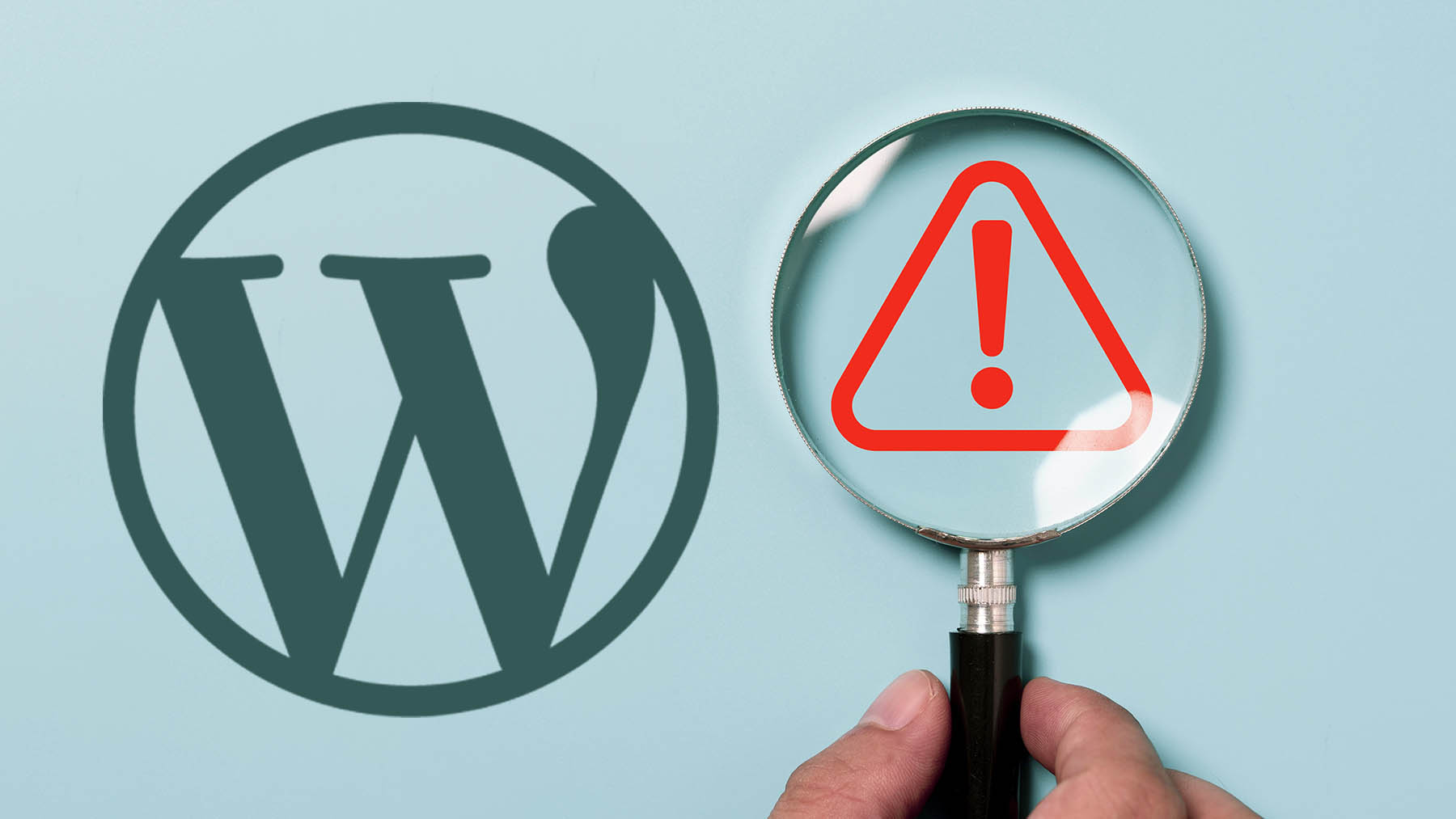


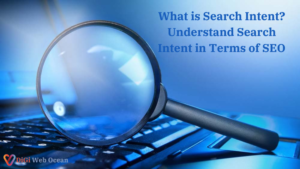
Post Comment
You must be logged in to post a comment.